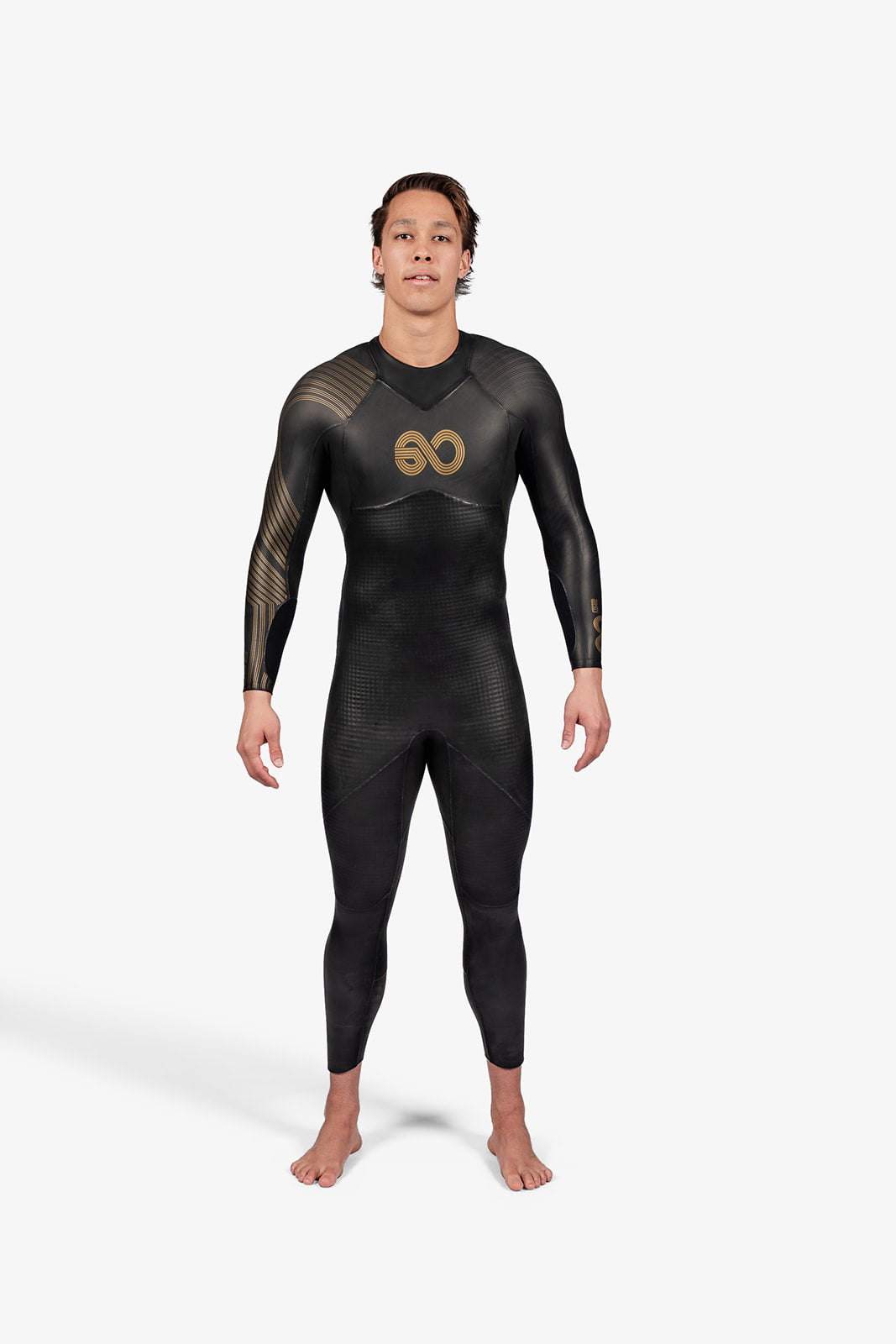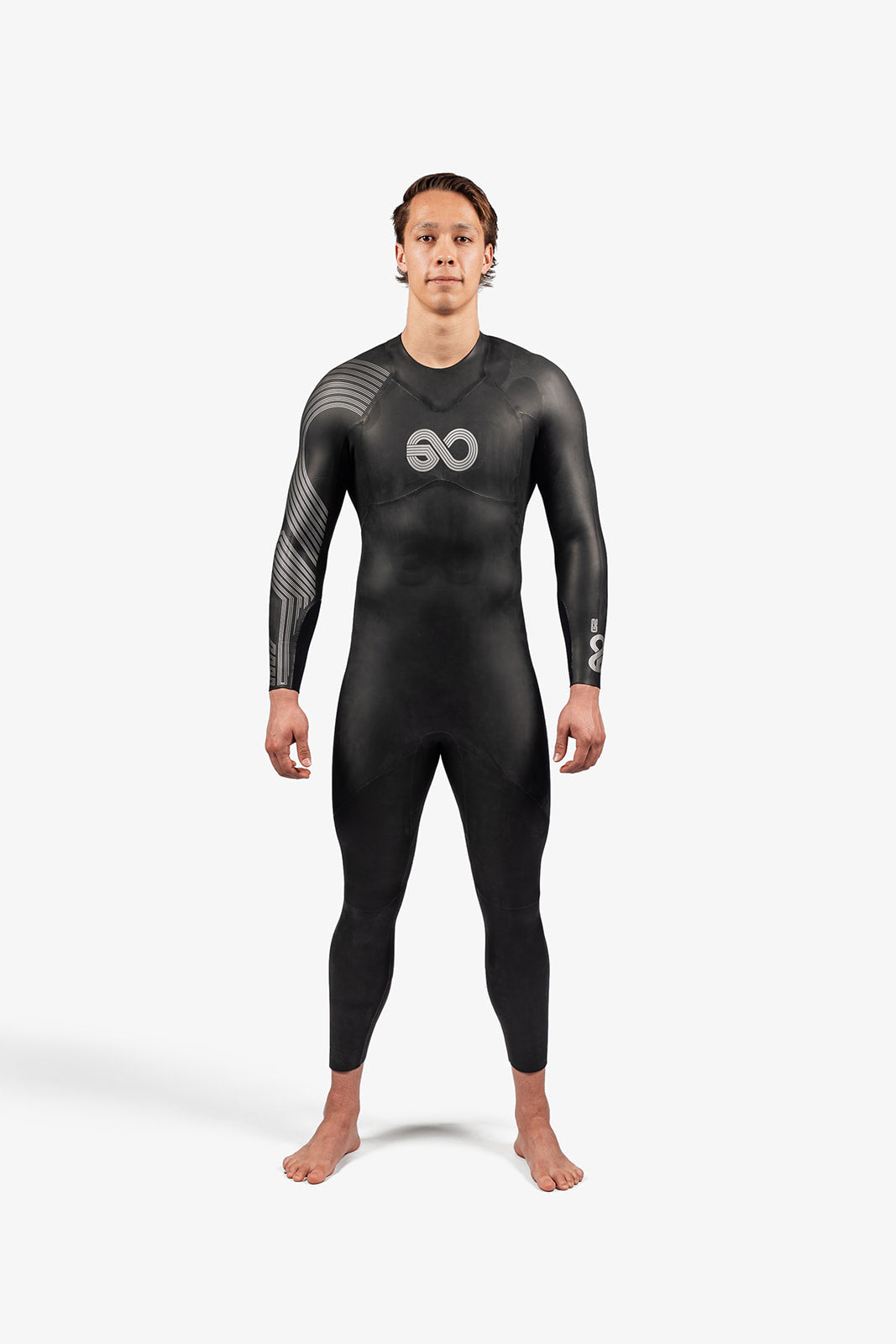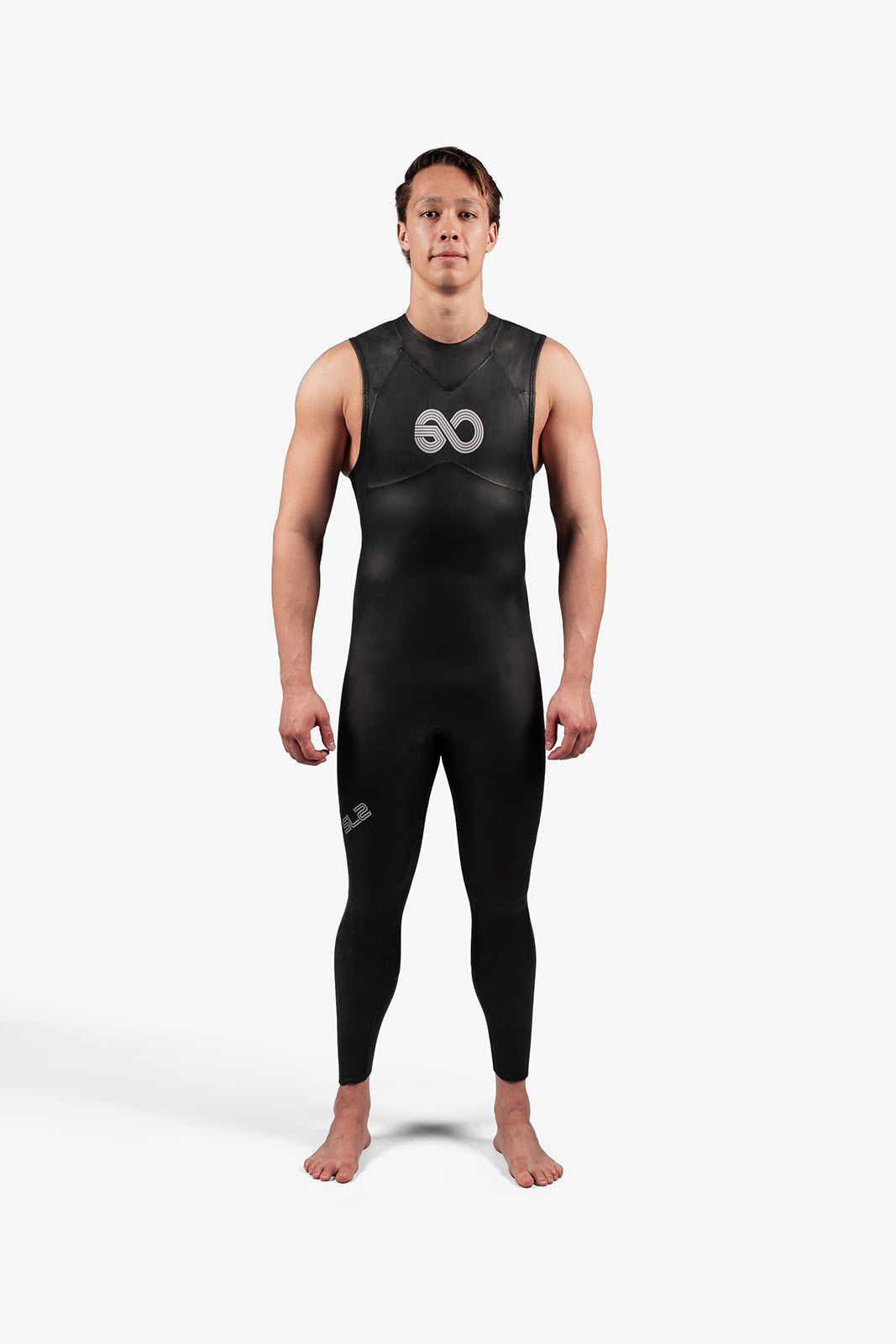Open water swimming is not as simple as going up and down the black line in the pool. You either have to navigate where you are going, or you are drafting behind another swimmer, and you are relying on them to guide you (more on drafting later in Module 3).
Before an open water race or training session
It is important to be familiar with the course prior to any swim, so that you know how to navigate. In the case that marker buoys are small or difficult to see, it is a good idea to aim for other landmarks until you get close enough to spot the buoy, the same can go for the finish line. I do this every time, as it gives me the confidence to commit fully to my effort without having to question if I’m heading the right way.
The same goes for a training session, which comes down to knowing your surroundings. Having landmarks to aim for makes it a more enjoyable experience, rather than stressing out because you might feel lost.
Sighting Methods
Swimming with your head up for a few strokes (aka. polo) is the simplest form of sighting and allows you to look ahead to see where you are going. If conditions are choppy, make sure you look up at the crest of each chop so that you are sighting from the highest possible point. It is important to try and keep the hips high when lifting your head out of the water, as the added resistance from low hips slows us down the most when sighting.
An alternative method to looking up with a polo stroke is to incorporate the sighting stroke into your breathing pattern. This involves looking up like you would if you are swimming polo, before then dropping the head back into position as you would after taking a breath. This is beneficial in flat waters, as it allows for better maintenance of speed. When I practice this in the pool, looking up twice every 50m, I am only slightly slower than if I did not look up at all.
How to train
The frequency at which swimmers need to look up varies between athletes. I look up around every 8 strokes myself, this can be less frequent if I’m following a pack or friend or more frequently if I’m not confident that I’m directly lining myself up with a buoy.
The biggest factor in deciding how often to sight is how straight you can swim, since we do not have the immediate feedback of seeing where we are in relation to the lane or black line like in the pool. The drill that I would prescribe is to swim 50 strokes with your eyes closed, which may sound crazy, but will allow you to judge how often you need to look ahead. It is important to know your surroundings when doing this drill, so that we are not in the danger of swimming into anything. Another drill to consider is to incorporate sighting into your pool training and experimenting how much slower you go when you look up 1, 2 or 3 times as compared to 0. In the end however, it is important to remember that even if you swim completely crooked, it is better to slow down slightly by looking up frequently than it is to navigate incorrectly.
Race advice
The best race advice is to sit on someone’s feet when racing, especially if you know they are good at navigating. This allows you to conserve energy through drafting, potentially helping you sprint past them at the end, or have more energy to spend in the bike and run leg of a triathlon.



